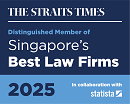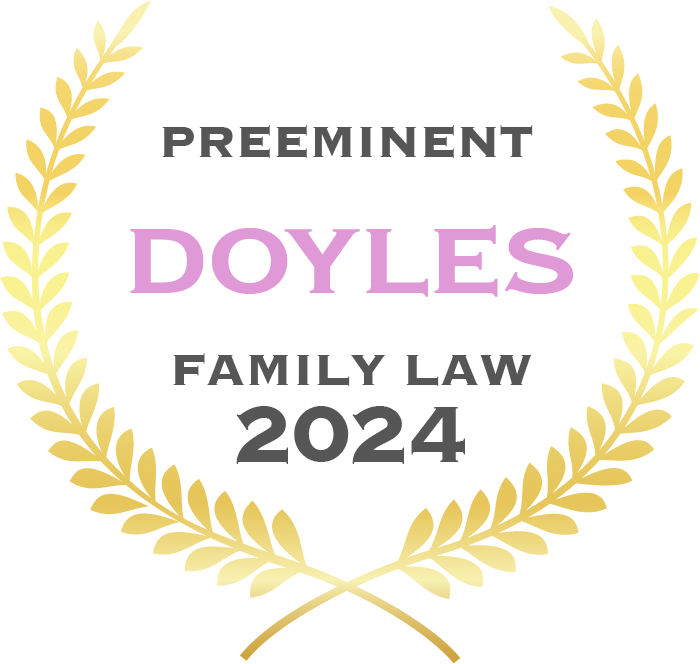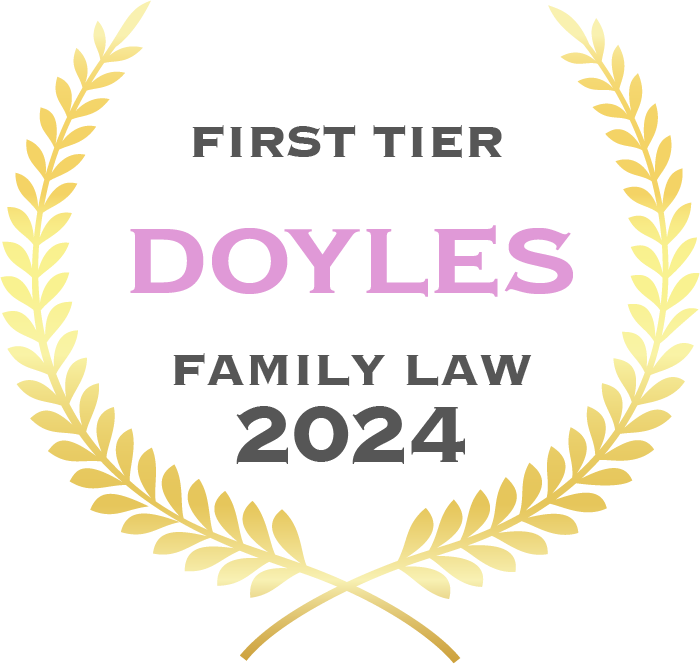Defining an overlapping market: CCCS’ Infringement Decision on Grab/Uber Merger
Introduction
On 24 September 2018, the Competition and Consumer Commission of Singapore (“CCCS”) issued its final infringement decision (“FID”) against Grab and Uber (the “Parties”) in relation to Uber’s sale of its Southeast Asian business to Grab (the “Transaction”). The CCCS had earlier issued its Proposed Infringement Decision (“PID”) (please refer to our earlier e-briefing here).
In the FID, the CCCS confirmed its provisional finding that the Transaction has infringed the Competition Act by causing a substantial lessening of competition in the market for the provision of ride-hailing platform services in Singapore, thereby infringing section 54 of the Competition Act.
In connection with this finding, the CCCS issued directions and imposed a financial penalty of more than S$13 million on both Parties.
The FID has helpfully set out CCCS’ analysis in deciding whether a merger has breached the Competition Act. The process undertaken by CCCS is as follows:
- The starting point is to define the relevant market by identifying the areas of overlap in the merger parties’ activities;
- CCCS will next review changes in the relevant market that result from the merger;
- If CCCS finds that a merger has resulted in a substantial lessening of competition, CCCS will then consider the presence of any economic efficiencies that result from the merger and whether those will outweigh the substantial lessening of competition arising from the merger.
- Where CCCS finds that a merger has infringed section 54 of the Competition Act, it will decide the actions to remedy, mitigate or prevent the substantial lessening of competition in the relevant market.
Identification and definition of the relevant market as the starting point
The identification of the relevant market is important for 2 main reasons. Firstly, it will inform CCCS of the scope of competitive constraints under which the new merged entity will operate in. This provides the starting point for CCCS to examine and assess the anti-competitive effects of the merger. Secondly, it will determine the appropriate amount of penalty to be imposed if liability is established.
The CCCS identified the overlap between Grab and Uber to be the provision of chauffeured point to point transport (“CPPT”) booking/matching platform services, i.e. their respective apps. In their submissions to CCCS, Grab and Uber took the position that this definition was too narrow and the relevant product market was the entire intra-city transportation services comprising in particular street hail taxis, but also including CPHCs via other apps, private car usage and public transport(i.e. buses and trains).
In its assessment, CCCS noted that Grab and Uber’s business model is that they are technology companies and not transportation providers. CCCS also found that Grab and Uber’s operations clearly illustrate that they provide a matching/booking service for riders and drivers, rather than the actual transport service
Having established that the focal product in question is the provision of booking/matching platform services, CCCS next assessed the other transport options (and the spectrum of closeness of substitution between each transport option, with CPPT platform services). The key question here is whether each alternative mode of transportation imposes sufficient constraints on Grab/Uber’s ability to profitably raise prices of their CPPT platform services. This is in line with CCCS’ guidelines that if a significant number of buyers/consumers switch to substitute products following an increase in price above competitive levels, then these substitute products would be included in the definition of the relevant product market.
In response to Grab and Uber’s submissions, CCCS found that:
- Taxi booking services are a sufficiently close substitute and should be included within the relevant market.
- Street hailing of taxis is not a sufficiently close substitute to be included in the relevant market. This is because there was no observable increase in the number of street hailed trips after the Transaction when compared to the period immediately before the Transaction. As such, street hailing of taxi services would not be a close substitute to Grab and Uber’s CPPT services.
- Public transport does not pose enough competitive restraints on the price of CPPT services to constitute part of the relevant market.
- Private car owners do not form a sufficiently large part of Grab/Uber’s rider base for private car ownership to be a significant competitive constraint on the CPPT services.
The CCCS investigations showed that the combined Grab/Uber operations post-Transaction had 80% of this relevant market of CPPT booking/ matching platform service, significantly above the indicative threshold of 40% that CCCS uses to assess whether there is a significant lessening of competition. Even if street hails were included, Grab would still have more than 40% of the expanded market.
Conclusion
It is apparent that the assessment and definition of the relevant market depends on the specific facts and circumstances of any given merger situation. Merger parties must be aware that CCCS may not accept their definition of the relevant market.
The above discussion concerning Grab and Uber’s Transaction illustrates the general framework adopted by the CCCS in determining the relevant market. This is important as the definition of the ‘relevant market’ will underpin the rest of CCCS’ investigations (eg. market shares and concentration, extent of anti-competitive effect, financial penalties and other conditions to be imposed).
Companies contemplating a merger or acquisition of other businesses will do well to consider the above framework in assessing if there is a risk of infringing the Section 54 Prohibition. Where in doubt, parties to an anticipated merger may apply to CCCS for its advice as to whether the anticipated merger is likely to infringe the Section 54 Prohibition.
Author:
S Suressh
Partner, Eversheds Harry Elias LLP







